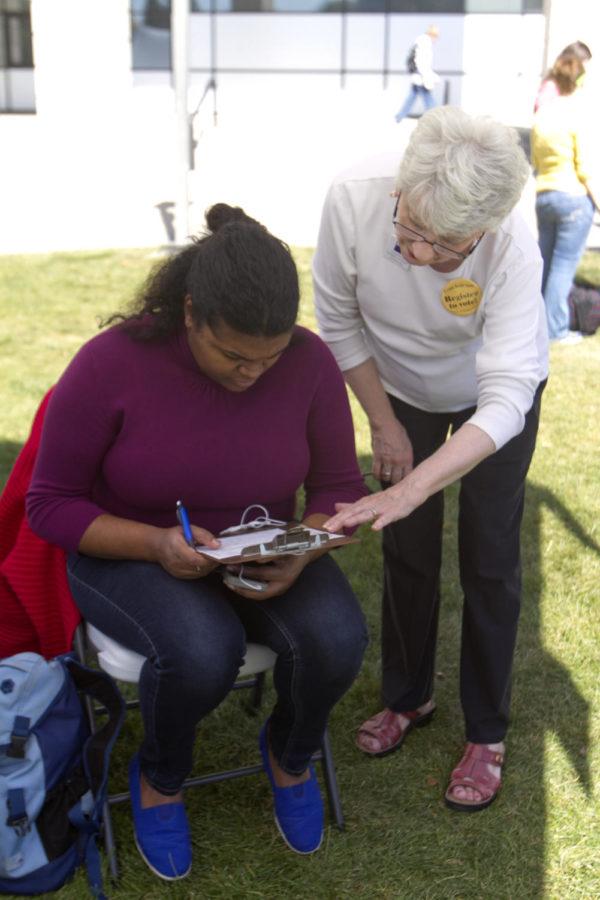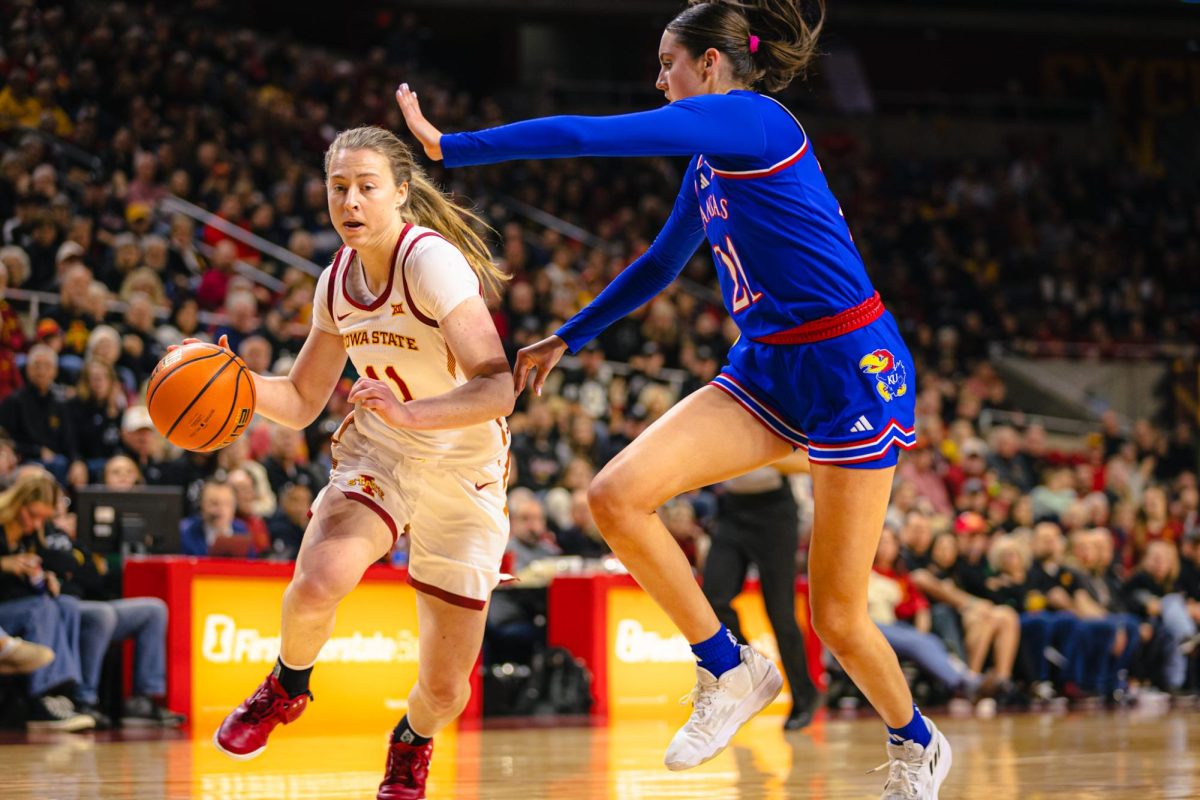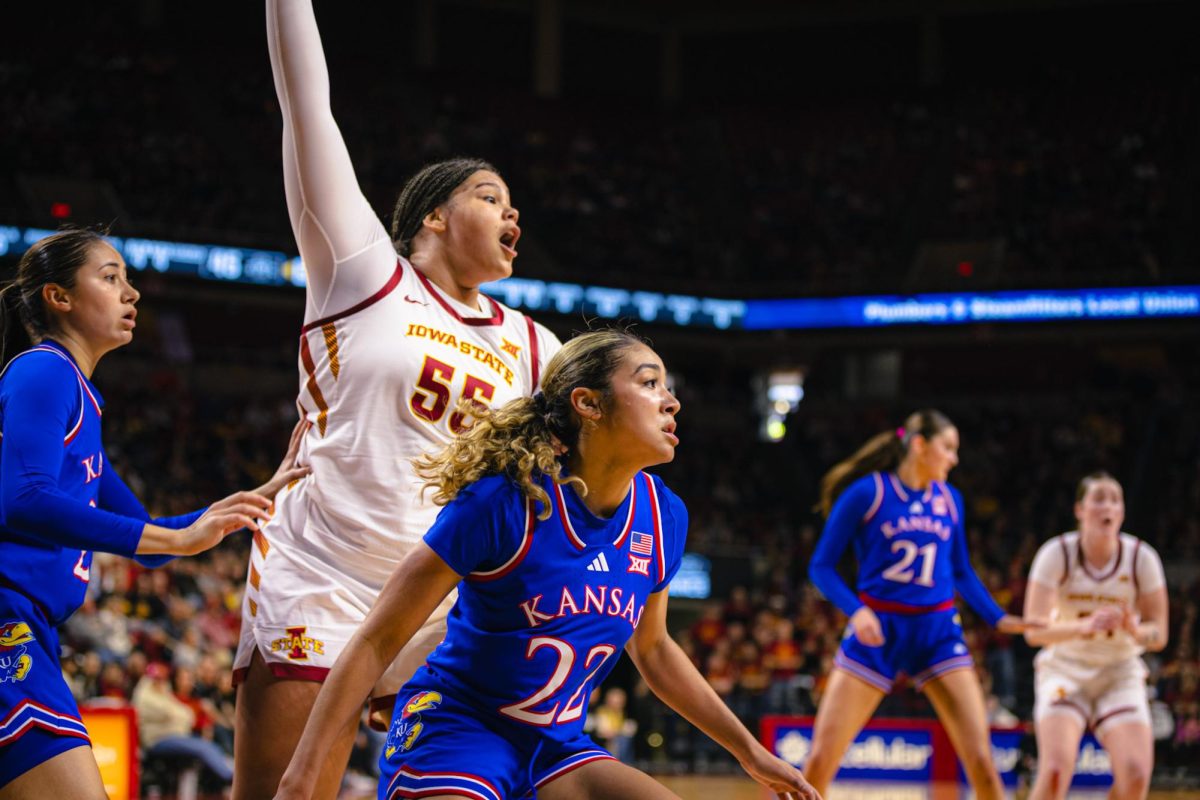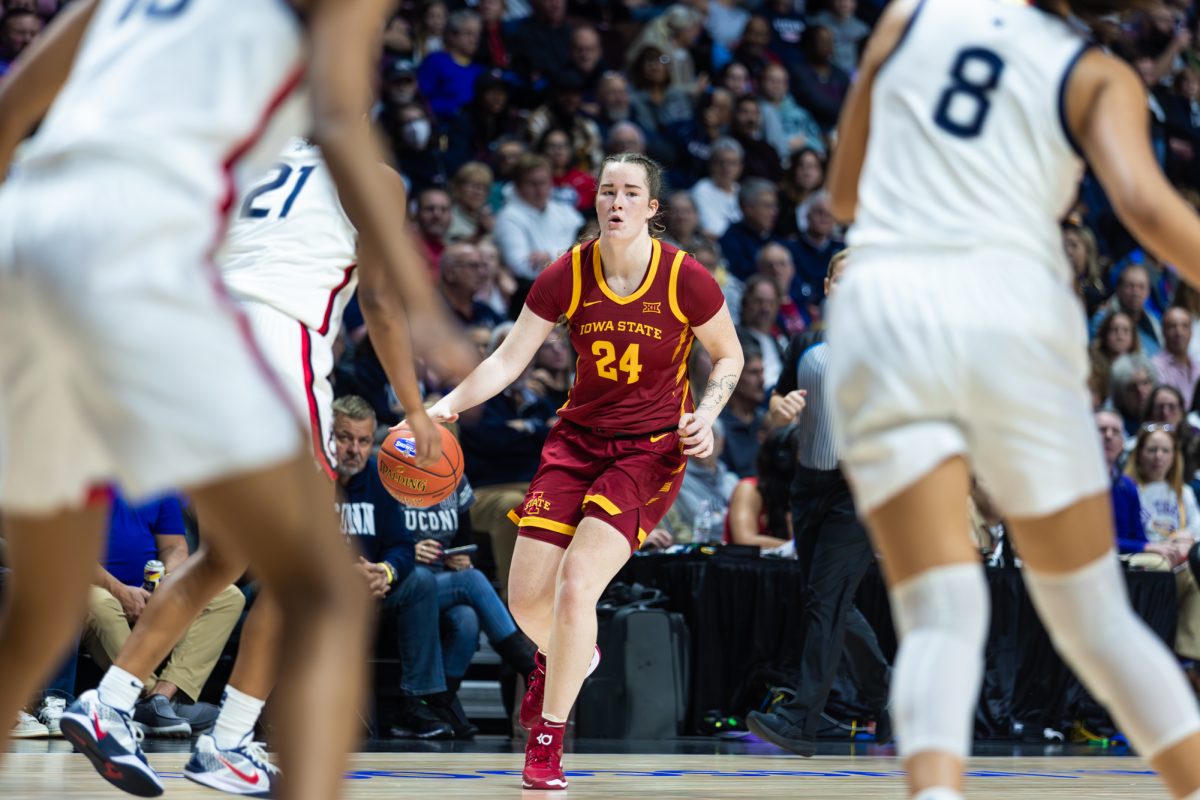How to vote in Ames
September 26, 2012
With the presidential election looming on the horizon, it is important for young voters to be well-informed about the procedure. Thursday is the beginning of the countdown to Election Day, as early voters can begin casting their ballots in person starting at 8 a.m. Here’s how ISU students can go about voting:
First, students interested in voting must meet a few prerequisites. They must be a U.S. citizen, 18 or older, and they must be registered to vote.
Voters may register ahead of time or the day they vote, said Lucy Martin, Story County auditor and commissioner of elections.
She also strongly advised not only registering ahead of time but voting early as well.
“If you feel comfortable voting early, that’s probably more convenient,” she said, adding that voters never know what could happen on Election Day that could prevent them from getting to the polls.
If voters choose to register the day of, they must be able to prove both their identity (with a driver’s license) and residence (a hard copy of a U-Bill will do). Martin advises voters to register before Election Day to help the process move more quickly.
Most importantly, voters need to be informed.
Voters should also be aware there is more on the ballot than just the presidential election. For example, judicial retention elections will be on the back of the ticket in Iowa.
Further, voters should bear in mind that once they’re actually in the voting booth, staff will not be permitted to answer questions about candidates, Martin said, so do the research ahead of time.
Lastly, students need to go vote. ISU students living on campus have several options.
Satellite voting sites will be on campus Oct. 15 to 19, which will run from 9 a.m. to 3 p.m. Sites will be at Maple-Willow-Larch, the Union Drive Community Center, Kildee and Carver halls, the Memorial Union, and Parks Library, but students will need to vote at their designated location, which is broken down by residence. Maps are available at the Story County website.
“Just because you see a polling place, it’s not necessarily your polling place,” Martins said. “You have to vote in your precinct. … [If you go to the wrong polling place] you might end up waiting in line, and that’s what we don’t want to see is people going to the wrong place, waiting in line, and getting frustrated and leaving and not voting at all.”
Voters can either choose to vote early via absentee voting or wait until Election Day on Nov. 6.
Early voting is can be done in two ways: via mail or at a polling place — either a satellite station or the auditor’s office.
Although these ballots are cast before Election Day, they will not be counted beforehand. Early voting will also decrease the number of campaign-related phone calls people receive.
Martin also shared some extra advice for those voting for the first time: Even if voters are waiting until close to the voting site’s closing time — get in line. As long as they’re in line before closing time, they will get to vote. She also advised to allow plenty of time for voting, and to be wary of busier voting times (such as during lunch hours and 5 p.m.).






